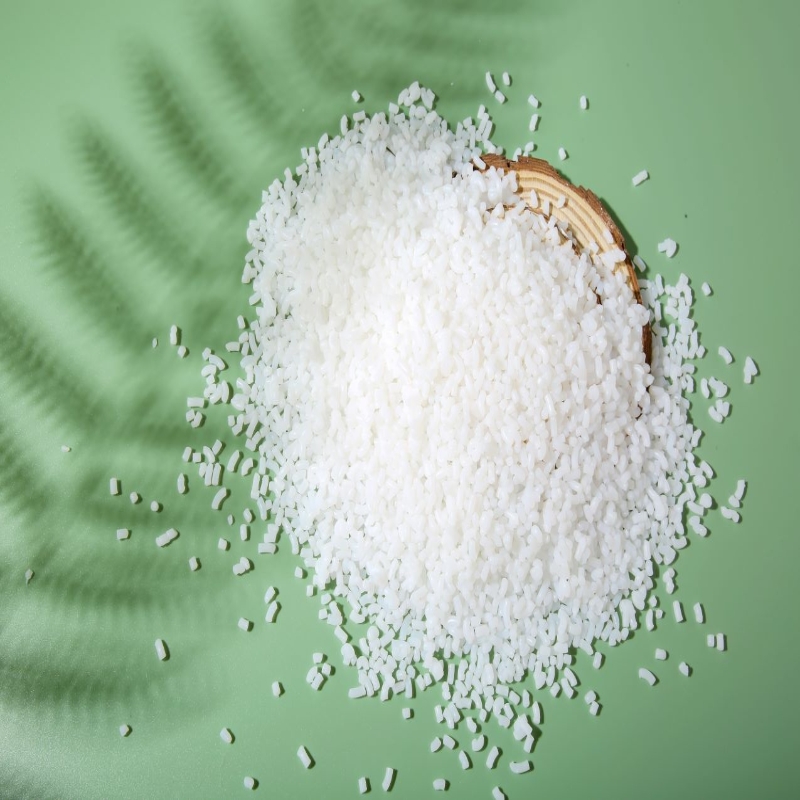-
Categories
-
Pharmaceutical Intermediates
-
Active Pharmaceutical Ingredients
-
Food Additives
- Industrial Coatings
- Agrochemicals
- Dyes and Pigments
- Surfactant
- Flavors and Fragrances
- Chemical Reagents
- Catalyst and Auxiliary
- Natural Products
- Inorganic Chemistry
-
Organic Chemistry
-
Biochemical Engineering
- Analytical Chemistry
-
Cosmetic Ingredient
- Water Treatment Chemical
-
Pharmaceutical Intermediates
Promotion
ECHEMI Mall
Wholesale
Weekly Price
Exhibition
News
-
Trade Service
Researchers at the University of Pittsburgh in the United States have developed a coating that improves the performance of microelectrectrical arrays (MEA) technology and have been awarded more than $2 million by the National Institutes of Health to further commercialize and clinically apply the results.
microelectror array is an implantable device through which nerve signals can be obtained or transmitted. It is an important technical means in the field of neuroscience research, which is very important for the development of brain-computer interface (BCI)
. At present, the brain-computer interface research has made great progress, can operate the robot equipment through the human brain mind.
Bionic coating film reduces the host tissue response to implanted materials
"Researchers have discovered a durable, stable array of microelectrels that improves the sensitivity and quality of capture records, and our lab has developed a bionic coating film that reduces the host tissue response to implanted materials while improving the quality of records," said Professor Cui, who studies the technology. Manufacturers and users have shown strong interest in the technology, but coatings made from bioproteins are fragile and can become biologically inactive in harsher environments such as transport, storage and sterilization.
Also in charge of a neuro-tissue/electrode interface and neuro-tissue engineering laboratory, Professor Choi has developed and clinically controlled the interface function between human tissue and implanted neural devices through new engineering techniques. In addition, Professor Cui will use the financial incentives he receives to further optimize the stability of the coating with his research team and develop technical procedures for protection, storage, packaging, transportation, disinfection, etc.
Gene-derived neuroadhesion molecule
said Professor Cui, "The active ingredient of bionic coating film is derived from neuroadhesion molecules and has the ability to be intellectually active, which promotes neuron activity and inhibits inflammatory cell attachment on electrodes." This is a patented technology that improves the quality of nerve recording by establishing a healthy electrode-neuron interface and has proven to be effective. In addition, nanotechnology will be used to further improve protein stability problems, so that the technology has been widely promoted. "
new developments in the technology, the research team will work closely with their collaborators, who will test and evaluate the performance of the device in rodent and non-primate subjects." In addition, the research team will work with two manufacturing companies to help commercialize technology and device compatibility.
"In addition to improvements in brain-computer interface research, this technology can greatly improve our ability to record neural activity over a long period of time, allowing neuroscience researchers to have a more scientific and comprehensive understanding of brain functions such as learning, memory, development, aging, disease formation, wound healing," said Professor Cui,
"
.







